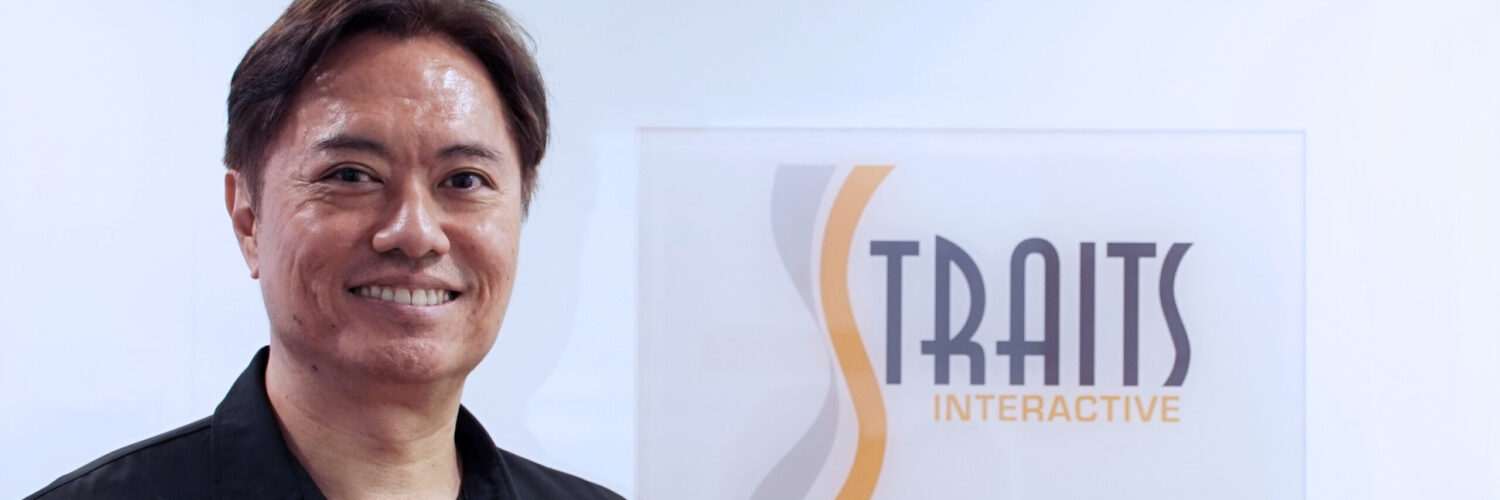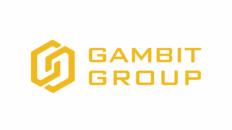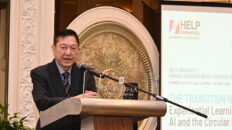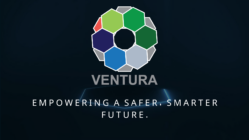Key Takeaways
- Gen AI is a Capability Multiplier, Not Just a Tool Businesses must build frameworks, train people, and align processes to use Gen AI safely and strategically — not just deploy it.
- Data Governance Is Critical Without proper oversight, free Gen AI tools can expose businesses to hidden risks, including data leaks and regulatory breaches.
- Regulations Are Tightening With stricter PDPA updates coming in 2025, operational compliance and appointing capable DPOs will be mandatory for businesses in Malaysia.
- Integrated, Governed AI Systems Are the Future Using secure, enterprise-grade AI platforms ensures data protection, process alignment, and scalability.
- Capability Is the True Competitive Advantage The businesses that thrive will treat AI, compliance, and governance as interconnected foundations — embedding ethics and resilience into their operating system.
Generative AI (Gen AI) doesn’t just process data. It creates.
It drafts policies, answers questions, synthesises complex information, and supports decision-making in real time. It’s not just about speeding up work. It’s about reshaping how work is done.
And that power comes with a new kind of responsibility. Because Gen AI isn’t just a digital helper — it aids decision-making. It can amplify good governance, reinforce ethical policies, and embed integrity into daily operations — but only if the business using it has the capability to guide it. That’s the part many overlook. Having the tools isn’t enough. Businesses need the right frameworks, people, and practices to direct it. Otherwise, it can just as easily magnify risk as it can create value. This is where Straits Interactive comes in — not just offering Gen AI tools, but helping organisations build the capability to use them safely, effectively, and strategically.
A New Kind of Assistant Has Arrived — But It Needs a Smarter Owner
Gen AI is not just assisting with tasks — it’s shaping ideas, producing content, making suggestions. It’s stealthly finding its way into emails, reports, HR forms, marketing decks, and customer responses. And it’s doing this with surprisingly little oversight.
The question isn’t whether businesses are using Gen AI — many likely already are, especially in knowledge industries or content-heavy tasks. The question is whether companies have the capability to govern it, use it safely, and extract its full value without compromising the business. Because while Gen AI tools are powerful, they are also porous; and when used carelessly, they can expose businesses to risks an organisation didn’t even know it was taking.
When the Cost of “Free” Is Too High
Free Gen AI tools are attractive. They’re easy to access, user-friendly, and can produce impressive results with minimal input. But what many businesses don’t realise is that these tools often operate on a hidden exchange: your data for their development.
The fine print often reads: “We use your data to improve the service.” That includes uploaded files, meeting transcripts, internal documents, emails — anything entered into the system. Once submitted, information can be retained and used to further train the model, potentially influencing future responses for users outside an organisation.
So while someone in a team may be summarising a board meeting or drafting a client proposal, they could unknowingly be feeding confidential or proprietary information into a system that doesn’t belong to the organisation. This creates a trade-off: “I won’t pay for your AI, and in return, you can use my data — even if I didn’t fully realise what I was giving up.”
From Regulation to Reality
In a closer to home conversation, starting June 2025, updates to the Personal Data Protection Act (PDPA) will come into force in Malaysia — with far stricter requirements. Organisations must:
- Appoint a Data Protection Officer (DPO)
- Report data breaches within 72 hours
- Demonstrate ongoing operational compliance with evidence
According to Alvin Toh, Co-Founder and Chief Marketing Officer of Straits Interactive, “Data protection is not about filing systems and consent forms,” he said. “It’s a capability — a way of working that assesses risk, builds controls, trains people, and responds when things go wrong.” Toh and his team have been in the thick of this work for years, training regulators across ASEAN, coaching DPOs, and helping companies embed compliance across operations. Their approach is structured around a clear operational framework: Assess, Protect, Sustain, Respond (APSR) — a four-stage privacy cycle designed for real-world application. This framework ensures that compliance doesn’t live in a drawer — it lives in everyday behaviour.
AI and Gen AI
In data protection, traditional AI can assist by monitoring network traffic and identifying suspicious patterns indicative of a breach, using predefined rules and machine learning to detect anomalies in real-time. Gen AI, on the other hand, adds value by simulating potential cyberattack scenarios or crafting synthetic phishing emails to test system vulnerabilities and train staff in recognising threats. While AI strengthens defense through detection and response, Gen AI enhances preparedness and resilience by helping organisations proactively understand and adapt to evolving cyber risks.
This Is Where Gen AI Comes In
Toh is clear; Gen AI doesn’t replace leadership — it reinforces it. Especially when it’s deployed inside an organisation with a well-governed foundation. “You can’t manage modern operations with pen, paper, and training manuals,” he explained. “You need systems that learn, adapt, and help people make the right decisions in real time.”
Used correctly, Gen AI becomes a capability amplifier. It can support policy drafting, provide instant contextual guidance, and serve as a frontline knowledge resource — not as an isolated chatbot, but as an integrated tool aligned to internal operations. For example, businesses can upload company policies, regulatory requirements, and internal documents into the system. Gen AI then uses that to answer staff questions, flag risks, or suggest compliant actions — always within the boundaries you set. In doing so, with proper implementation, it doesn’t just support productivity. It becomes a repository of institutional knowledge — a way to preserve organisational memory, guide decision-making, and reinforce governance across teams. “This repository needs to be curated and updated periodically as policies/ info change, to keep the knowledge current,” Toh added,
The Bigger Goal
Toh sees this shift as far more than just a tech upgrade.“Integrity, transparency, and ethics — these can’t be slogans. They have to be built into the operating system of your business,” he said. “That means breaking silos, aligning processes, and seeing the organisation as a whole system.”That’s what capability really means. “It’s not just training a team to use a tool. It’s building a foundation — of people, processes, and platforms — that allows businesses to operate ethically, efficiently, and competitively. It’s what shifts you from being reactive to becoming resilient.”
The Hodgepodge Trap
Many businesses, especially under pressure to “do something with AI,” fall into a familiar trap. They assemble a patchwork of free tools and hope for the best. Toh calls this out plainly: “That approach is not just inefficient — it’s dangerous. Without governance you risk data leaks, expose yourself to regulatory violations, lose knowledge when staff leave and create inconsistency and confusion across teams.”
Toh advises that businesses can turn off data training where possible, use enterprise-grade AI platforms that protect data, or partner with governed systems like Capabara. Developed by Straits Interactive, Capabara brings together multiple Gen AI assistants under one secure, governed environment — tailored for functions like HR, marketing, compliance and more. These assistants are not generic bots — they’re embedded support systems aligned to policies, built with privacy by design, and designed to scale with the organisation. But Toh emphasises again, “Tools alone don’t solve the problem. Capability comes first. Train your people, map your processes, then bring in the tools to support that structure.”
About Readiness
“The companies that will thrive in the Gen AI age won’t be those with the flashiest tech. They’ll be the ones who invest in capability — who make governance part of culture, embed ethics into processes, and treat AI as a strategic partner, not a shortcut,” said Toh. “They’ll be the ones who see compliance, productivity, and competitiveness not as separate goals, but as interconnected outcomes of the same system,” he added.
Businesses that realise the true promise of Gen AI build the potential to create better — better processes, better decisions, and better roles for people. “Because when Gen AI is used responsibly, it doesn’t replace humans. It frees us. To do more meaningful work. To build deeper trust. And to lead businesses that are fit for the future,” said Toh.








